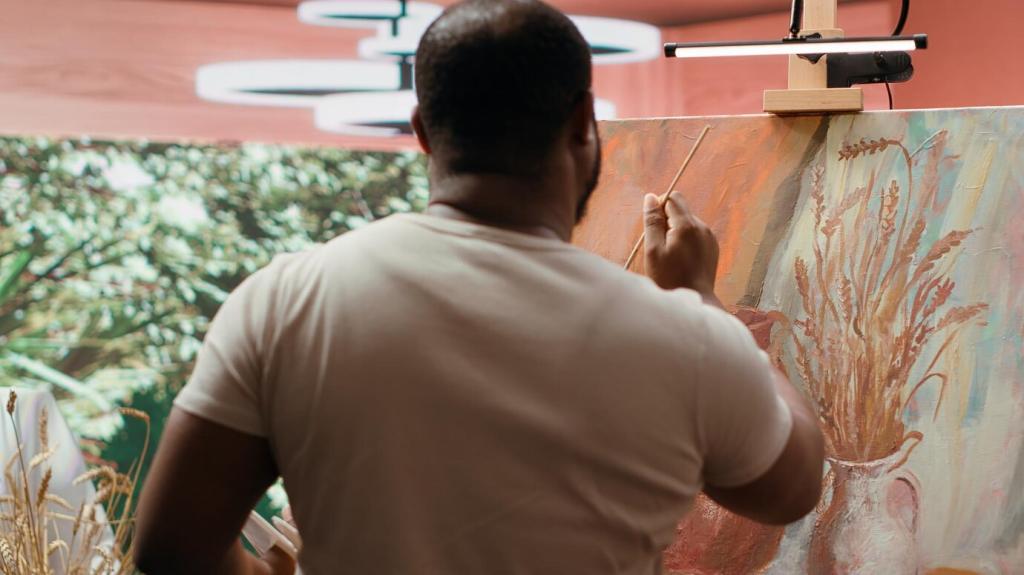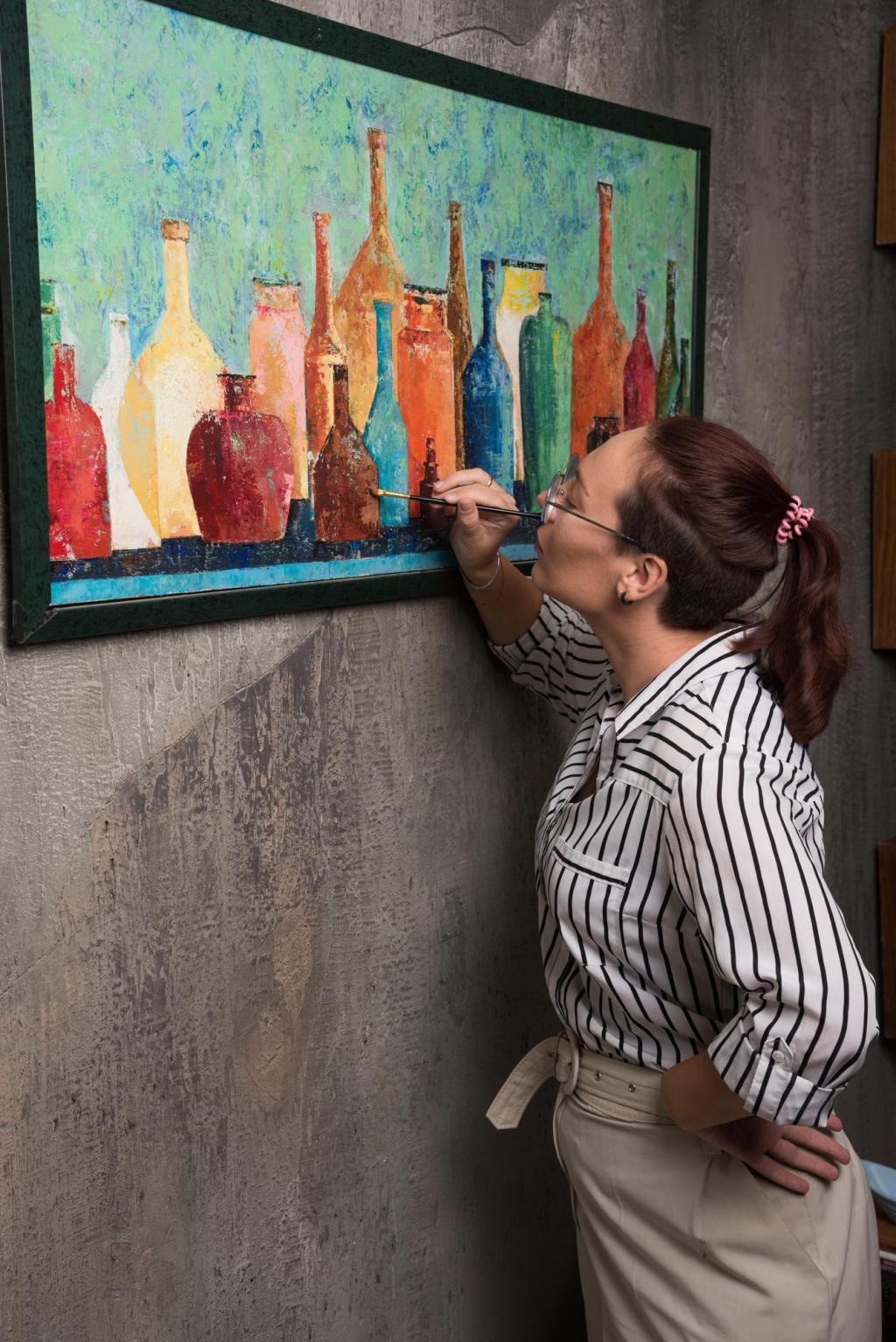
Understanding Emotional Tones in Landscape Art
Chosen theme: Understanding Emotional Tones in Landscape Art. Step into a world where light, color, and memory shape how landscapes make us feel. Explore the moods hidden in skies, horizons, and the quiet rhythms of nature—and share your impressions with our creative community.
Light and Atmosphere: The First Language of Mood
01
A warm dusk leans toward tenderness and closure; an icy dawn invites clarity and fragile hope. Notice how golds soften edges while pale blues sharpen distances, urging us to breathe, pause, and enter the scene with reverence.
02
When clouds bruise into purples and deep grays, the landscape carries suspense. We sense change approaching, and narrative possibilities expand. Painters can harness this tension to evoke resilience, uncertainty, or catharsis in a single charged horizon.
03
Side light reveals texture and time; backlight silhouettes and sanctifies forms; overhead light flattens and quiets. Ask yourself which direction echoes your inner orientation, then paint toward that feeling. Comment with examples that shaped your recent work.


Composition as Emotional Pathfinding
An S-shaped river or path yields a lullaby for the eye. Curves slow attention, inviting reflection and gentleness. This flow can soften dramatic color or weather, balancing intensity with a felt, trustworthy calm.
Composition as Emotional Pathfinding
A low horizon grants the sky’s emotions center stage—expansive, yearning, transcendent. A high horizon presses us into earth, grounding and intimate. Decide which weight your scene requires, and let the horizon carry that intention.

High saturation shouts: exhilaration, urgency, celebration. Muted palettes murmur: contemplation, distance, elegy. A single accent of saturated color in a muted field can pivot the scene’s mood, like a bell in a fog-laden morning.

Warm earths comfort; cool blues cleanse. Subtle temperature shifts can cue seasonal memory or time of day, nudging viewers toward nostalgia or renewal. Balance them to echo the emotional center you hope to convey.

Blue-orange or red-green interplay can electrify a calm scene. Use complements to stage conflict, romance, or revelation. A complementary edge along a ridge line can read like a turning point in a story without words.
Impasto piles up energy—gusts, waves, restless grass. Glazing lays emotion like breath on glass—patient, transparent, reverent. Consider which rhythm your scene needs, then let your layers echo that emotional heartbeat.
Texture, Brushwork, and the Pace of Feeling
Memory, Place, and the Stories We Carry
A painter revisits a childhood shoreline and realizes the horizon sits lower now, heavy with goodbyes. The palette cools. Small boats recede. The painting becomes a letter to the past, signed with softened blues.
Weather and Season as Emotional Characters
Fog lowers contrast, muffles edges, and hushes sound. Viewers lean inward, listening. Use gentle gradients and restrained highlights, and watch the painting ask quieter, deeper questions than a bright day ever could.
Winter simplifies values and silences color, inviting contemplation. Summer saturates greens and flickers heat, urging movement. Paint them as emotional opposites, then share which season best matches your current inner weather.
Rain glazes surfaces, brightens darks, and quickens reflections. It suggests cleansing yet complicates travel. Let broken brushwork describe droplets, and allow that ambivalence—refreshment and delay—to tint the mood across the whole scene.
Scale, Silence, and the Human Figure
A single hiker beneath towering cliffs registers awe, fragility, and persistence. The figure becomes a tuning fork for empathy. Reduce detail elsewhere and let proportion alone ring the emotional note clearly.

